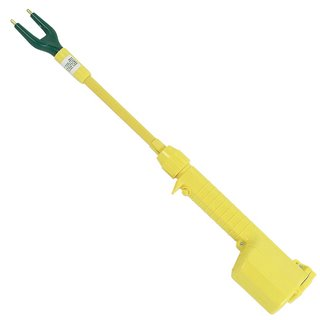I think the workshop version 2.0 went very well. I had a wonderful time. Click on the “Writing” menu above AND the category link on the sidebar to see the many blog entries I’ve made about writing principles.
- The 3 Things You Must Learn to Write Killer Stories Handout
- The Story Cycle Handout
- Lesson from writer’s area: Step 1 of The Creative Process: Capture the Zing
- Resource: Zing Hunting Methods
Remember the 10 to 20’s. I would love to hear your experience with them.
- STORY EFFECTS. List 10 to 20 Stories you love. Then next to each write what you loved about it and what emotions it triggered in you. Finally, look at your answers to see the patterns. These are the effects you love, the ones YOU will probably find the most joy trying to create for others.
- PROBLEMS. List the main problems (threat, lack, mystery) for each of those stories. These are YOUR problem types, the one’s you’ll probably find the most joy writing about.
- INTERESTING CHARACTERS. List 10 to 20 characters or people you find interesting. Next to each identify what it is that makes them so interesting to you. Finally, look at your answers and identify the patterns. These are YOUR draws. Use these when developing characters.
- ROOTING FACTORS. List 10 to 20 characters your root for or against. Next to each identify what it is that makes you root for or against them. Finally, look at your answers and identify the patterns. Again, these are YOUR equity factors. Use them when developing your story.
- STORY PATTERNS. For the stories you identified, map out their story cycle (problem, reaction/decision, action, disaster). Your goal here is to see patterns of how the types of problems you love develop.
- ZING. For one week gather 10 to 20 zing each day. Try to get zing in all four areas (problem, plot, character, setting) during the week. Look at the lesson on capturing the zing and the zing hunting methods resource in the writer’s section.
- POWER QUESTIONS. Start a list of creative questions that are productive for you. You will want to identify power questions for all 5 parts of story. Look at the handout for some of mine. Ultimately, you’ll ask yourself hundreds of questions, but there will be 10 to 20 that you keep coming back to.
- TIME. Identify how you will get 10 to 20 hours to write each week. If you can’t do 10, try to get close.
- WRITE. Develop and write a story. Identify the day you will start and do it.
- CONTACT ME. I want to hear about your progress. Please post your findings in the comments of this blog entry 🙂
















Thanks a lot John! The workshop was awesome and these handouts, awesome as well! They really clear the way for making strong stories and for fixing problems if they arise. I’ve heard some of this stuff said before, but never in a format as clear, concise and simple to use as this. You’ve cut to the heart of story form.
I’m going to do the 10s to 20s and I’ll get back to you on that.
Good, can’t wait to see what you come up with.